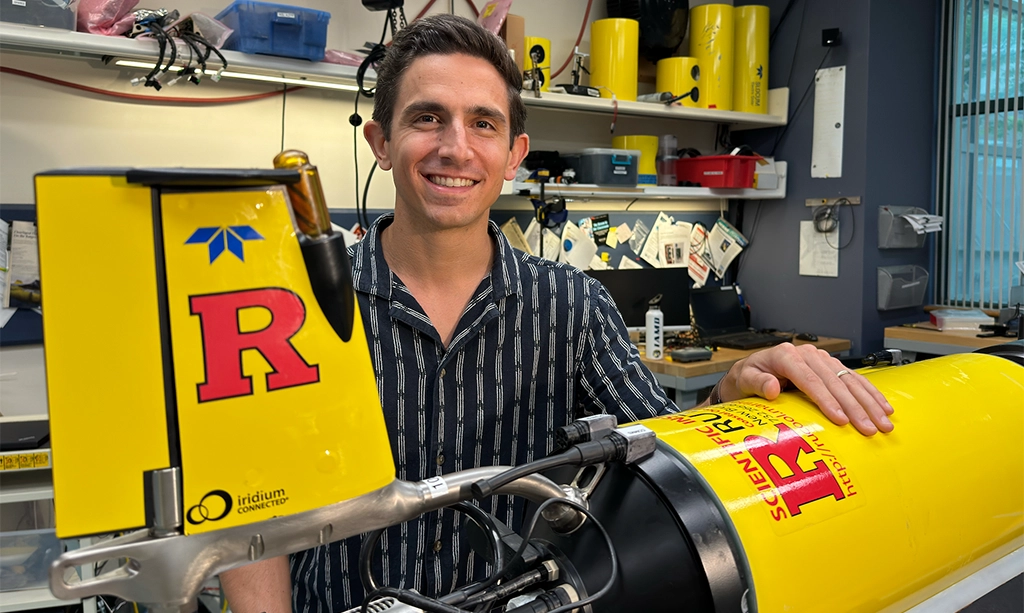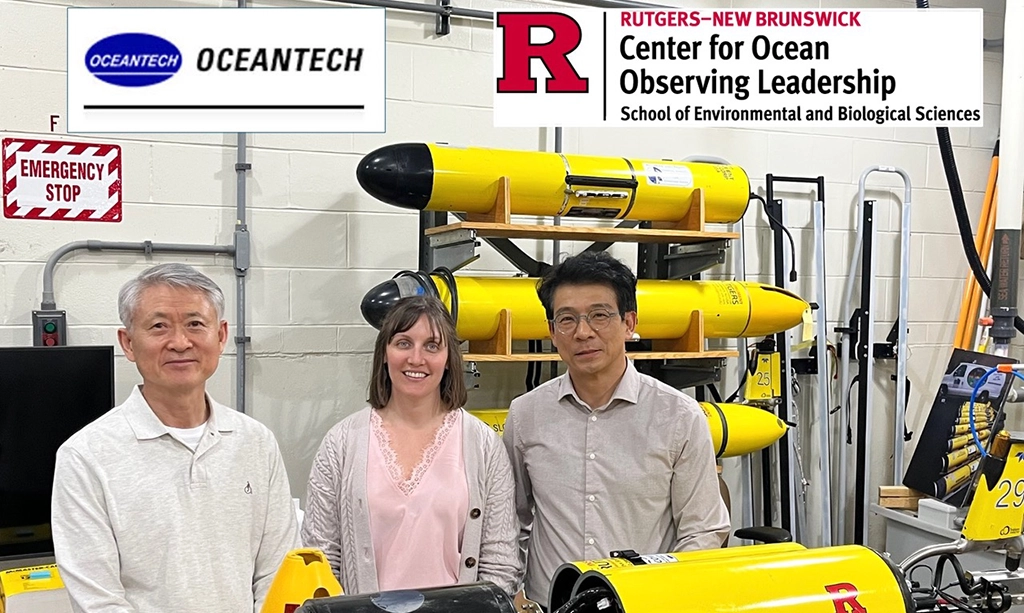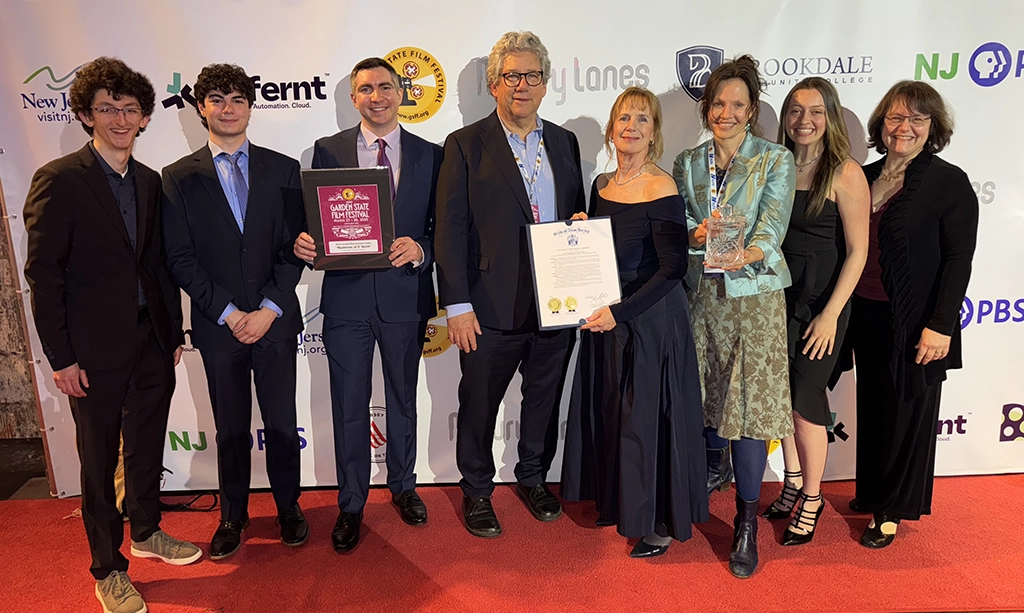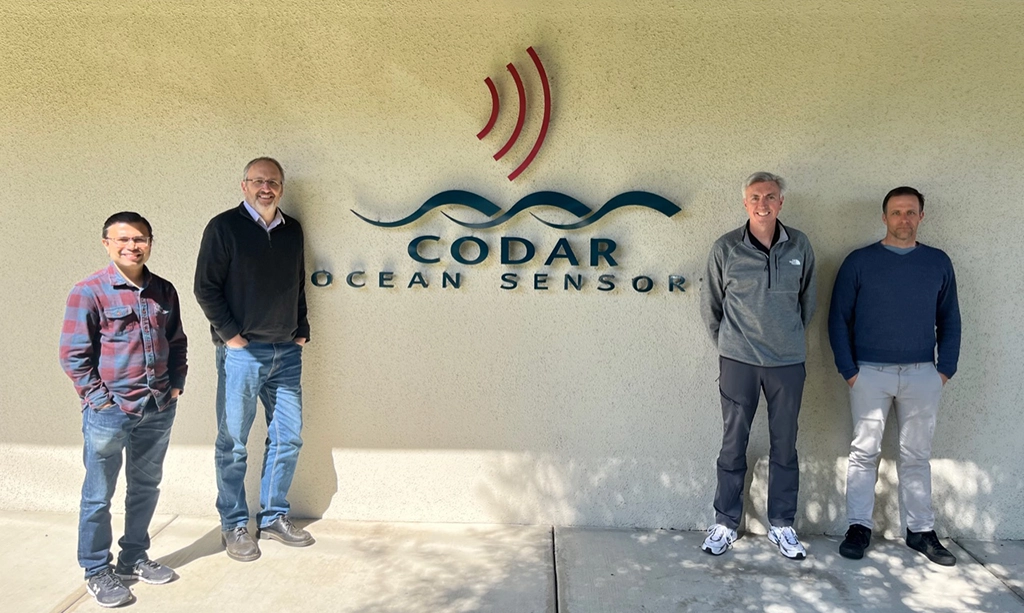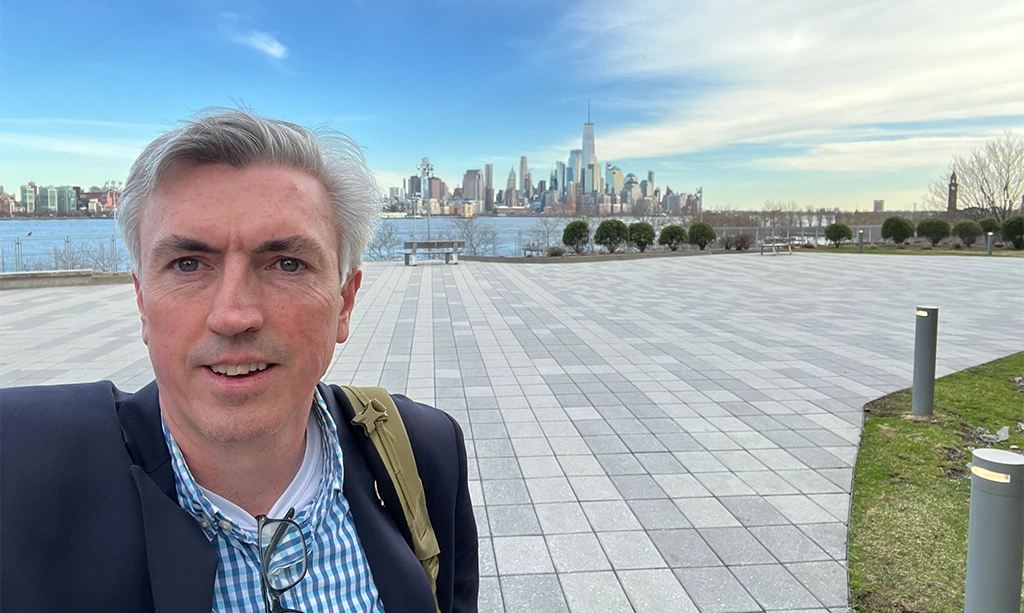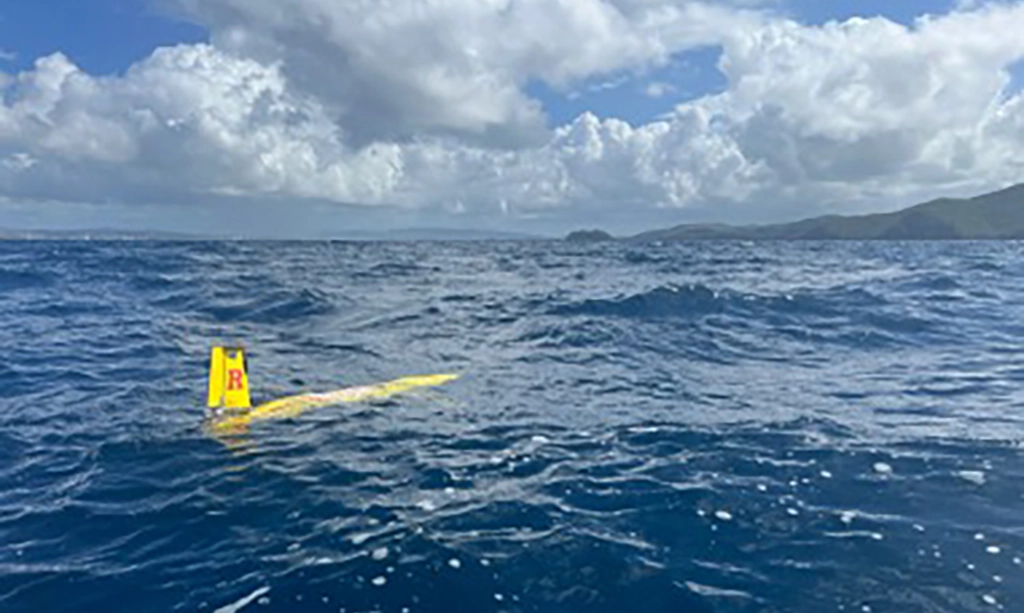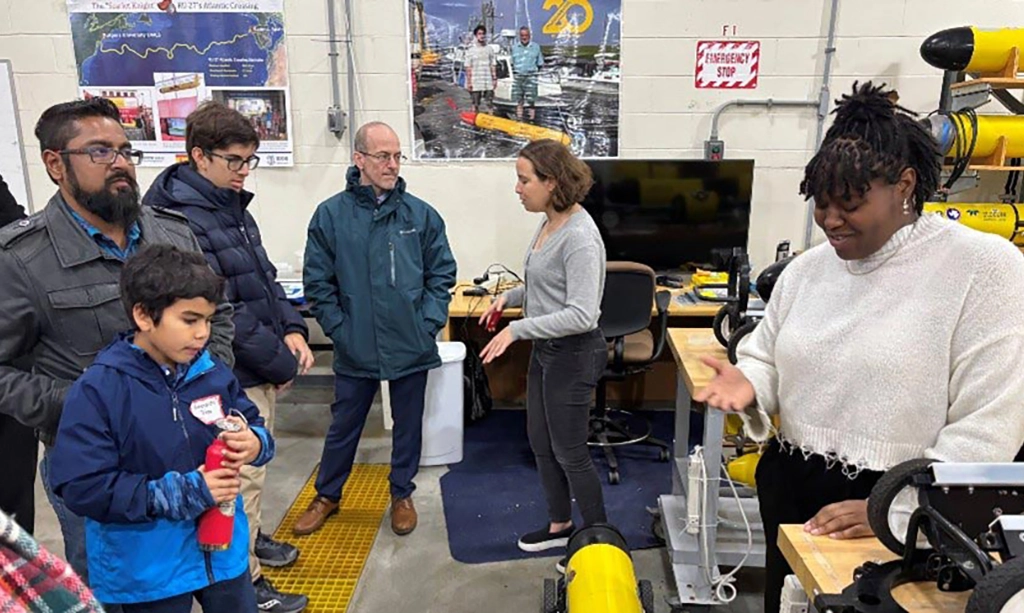Congratulations to Joe Gradone for receiving the Rutgers School of Graduate Studies Outstanding Doctoral Student Award
Congratulations to Joe Gradone for receiving the Rutgers School of Graduate Studies Outstanding Doctoral Student Award. This award recognizes excellence in doctoral research and scholarship across the disciplines. His thesis…

